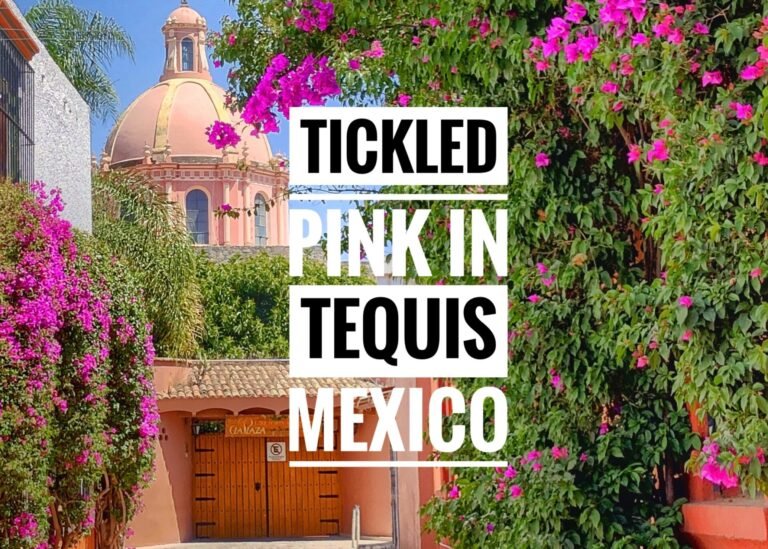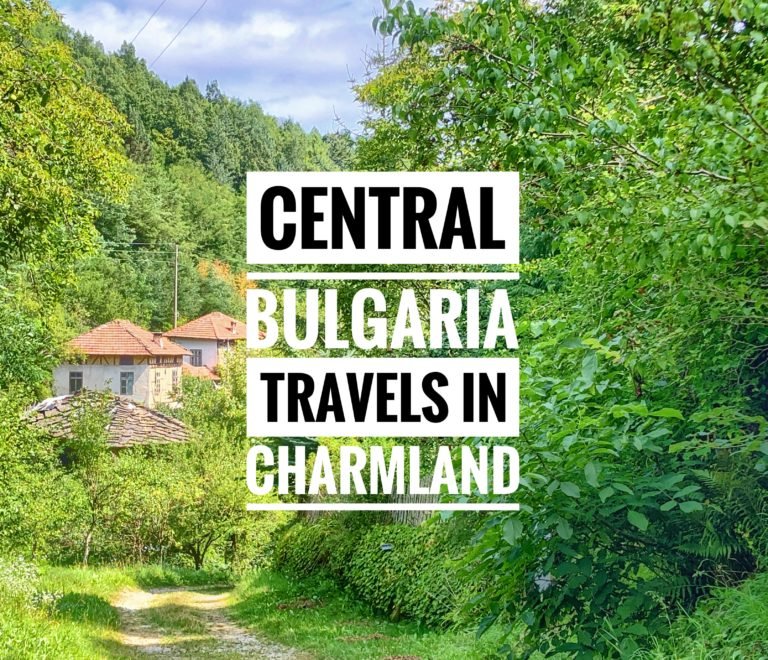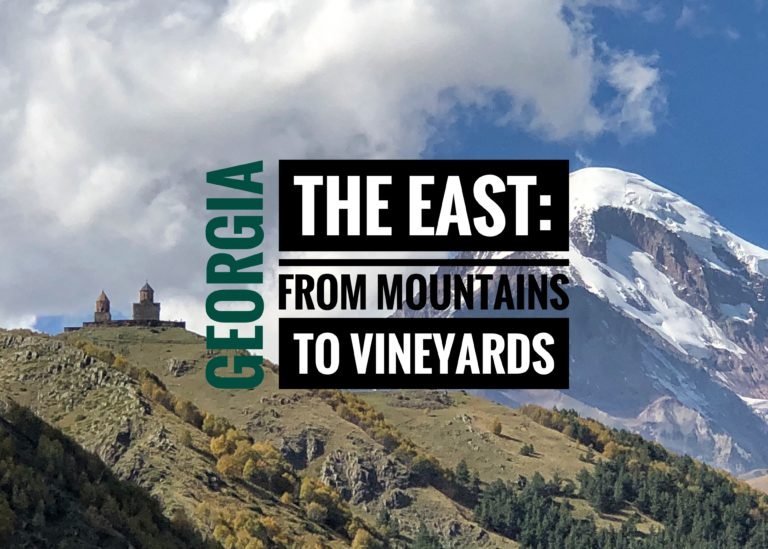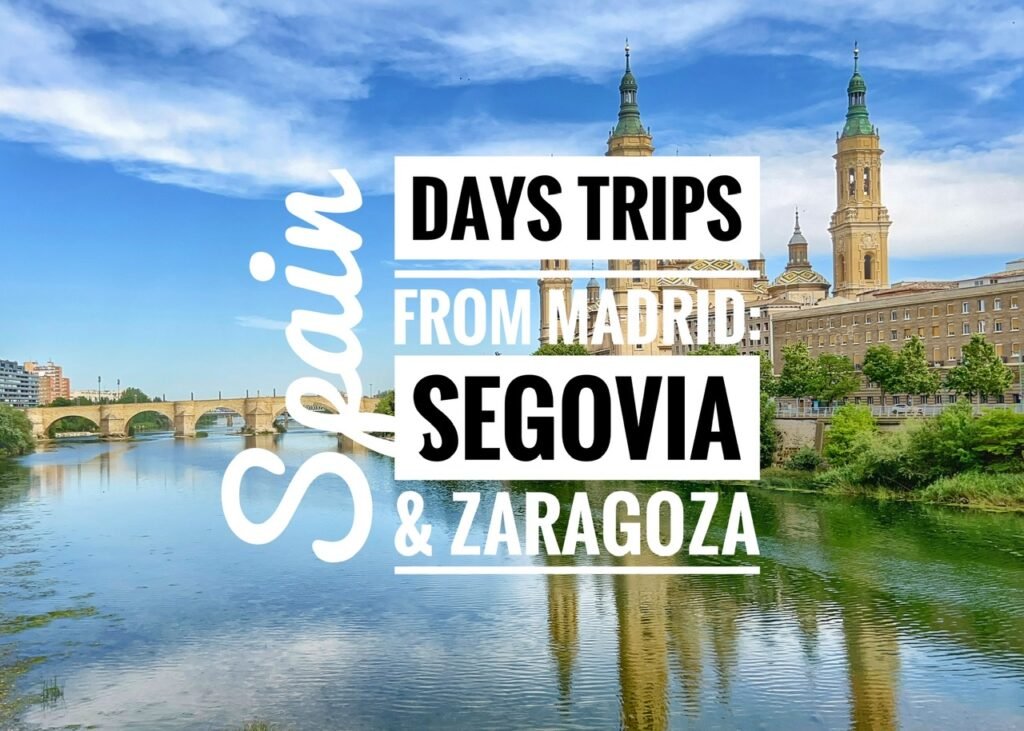
Segovia, Spain has a rich architectural legacy, including an exquisite gothic cathedral, a castle which inspired Disney, and a stunningly preserved double decker Roman aqueduct. Unlike Salamanca, this UNESCO world heritage city, Segovia is inundated with tourists, which is no surprise considering its one-hour proximity from Madrid and its offerings. It is also the home of the “suckling pig.”
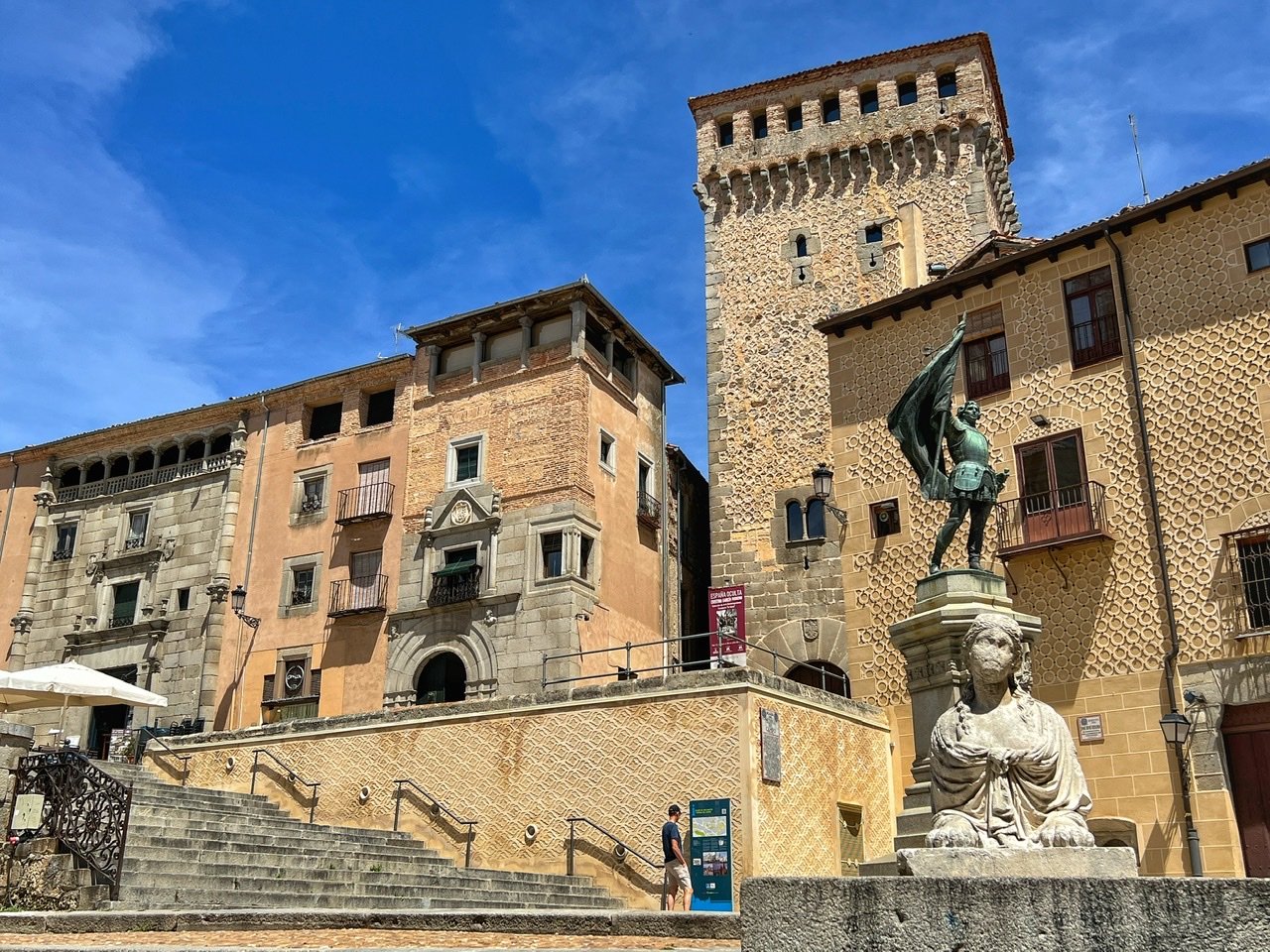
The famous statue of Juan Bravo, famous for his crusade during the War of the Communities of Castile. Take a peek at the wall of the building behind him. Such intricate and different architecture. Also, the full plaza with San Martín Church in the background.
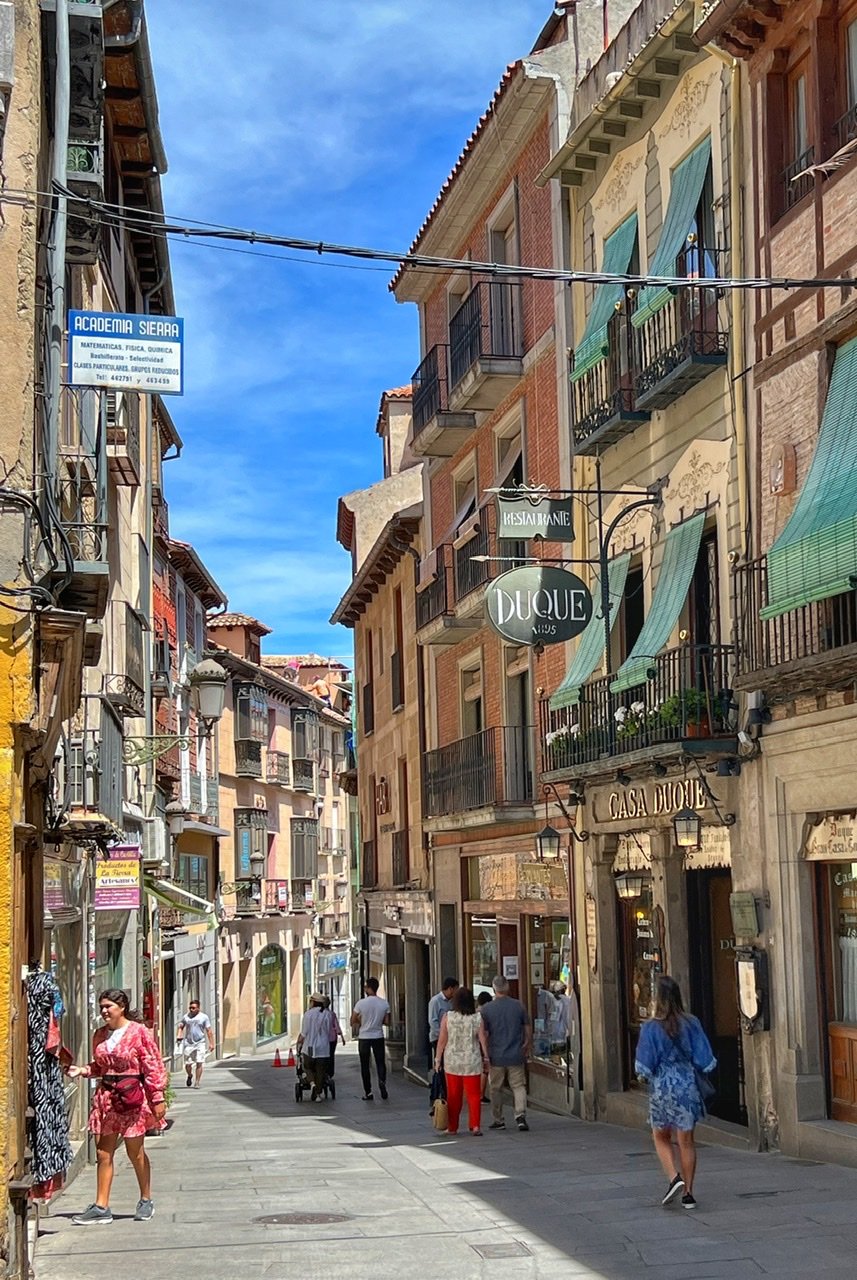
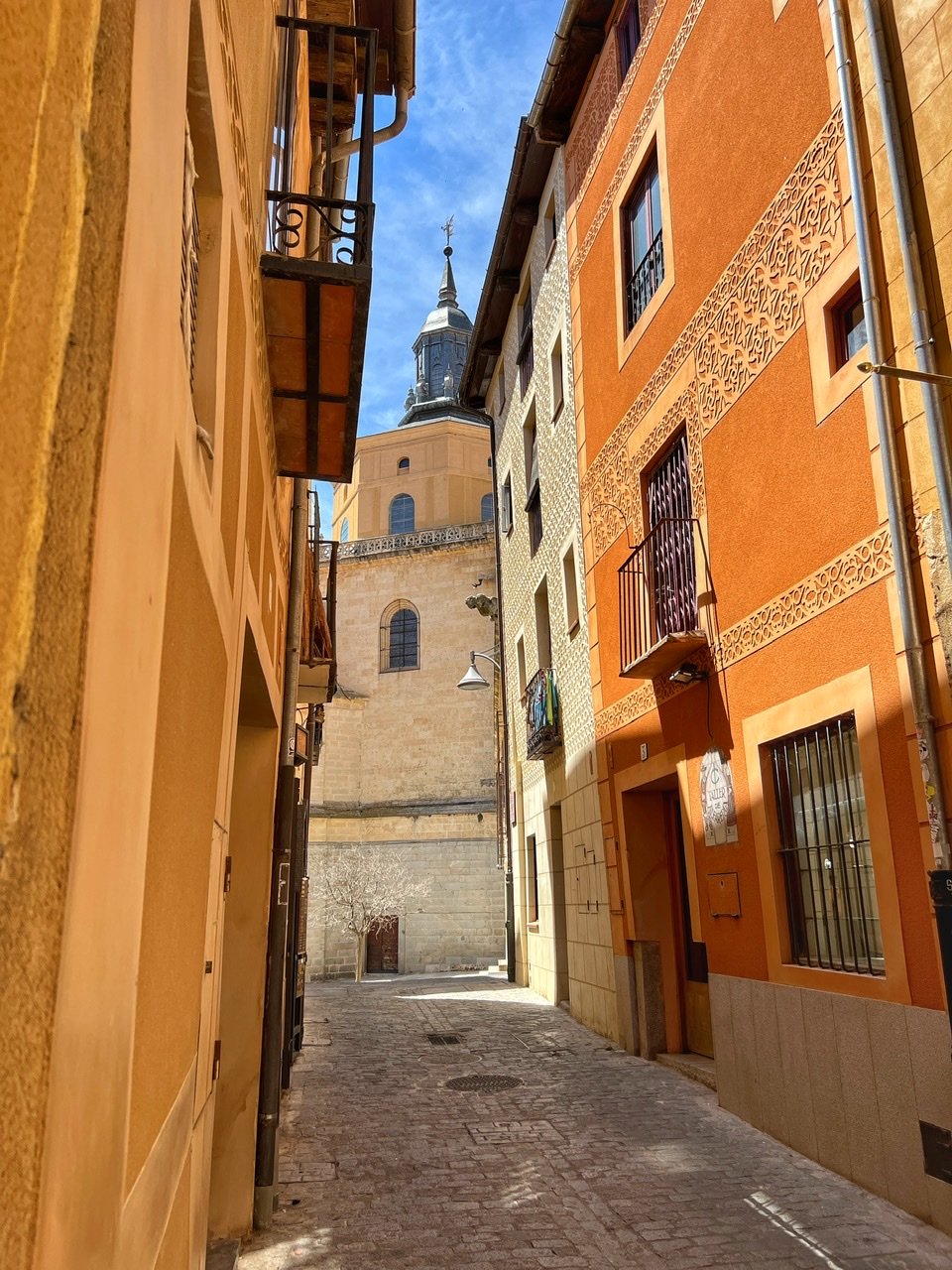
Strolling through the center of Segovia, there are lots of nooks and crannies to explore!


The 1525 Cathedral of Segovia was the last gothic cathedral to be built in Spain (prior to the Renaissance) and is absolutely striking. There have been three major cathedrals in Segovia. This is the third. The oldest was very primitive and destroyed during the Arian persecution of 516.

Casa de Los Picos (the peaks) has a bizarre facade with 600-something daggered granite points. Kinda like a giant Plinko board, or city of vertical pyramids.
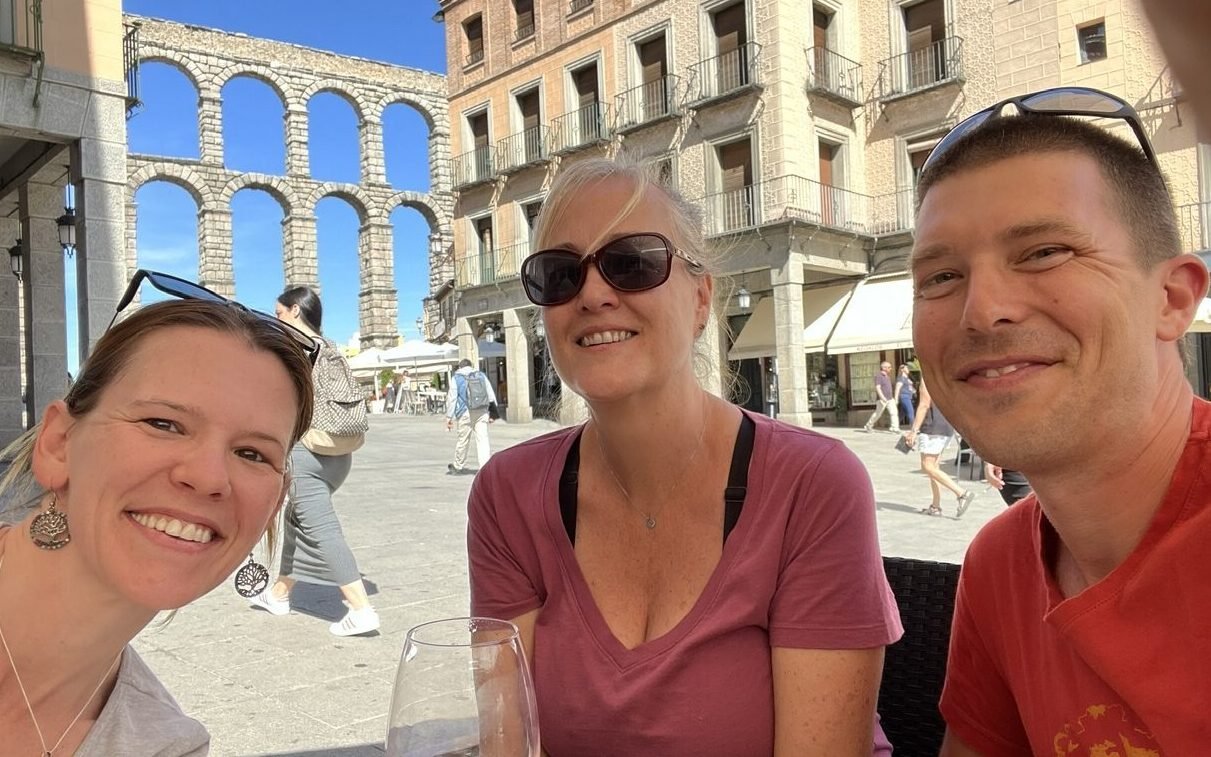
In Segovia we got to meet up with our friend Amanda, a fellow nomad, for the second time. We met up with this California gal the first time in Bogota and we couldn’t believe we’d already crossed paths again!

Walking toward the Alcazar Castle, the surrounding countryside showed its beautiful face.

The Monastery of Santa Barbara

In order to get fantastic views of the Alcazar Castle, (which you won’t get if you just walk to it), Greg followed the Camino de Asombro.
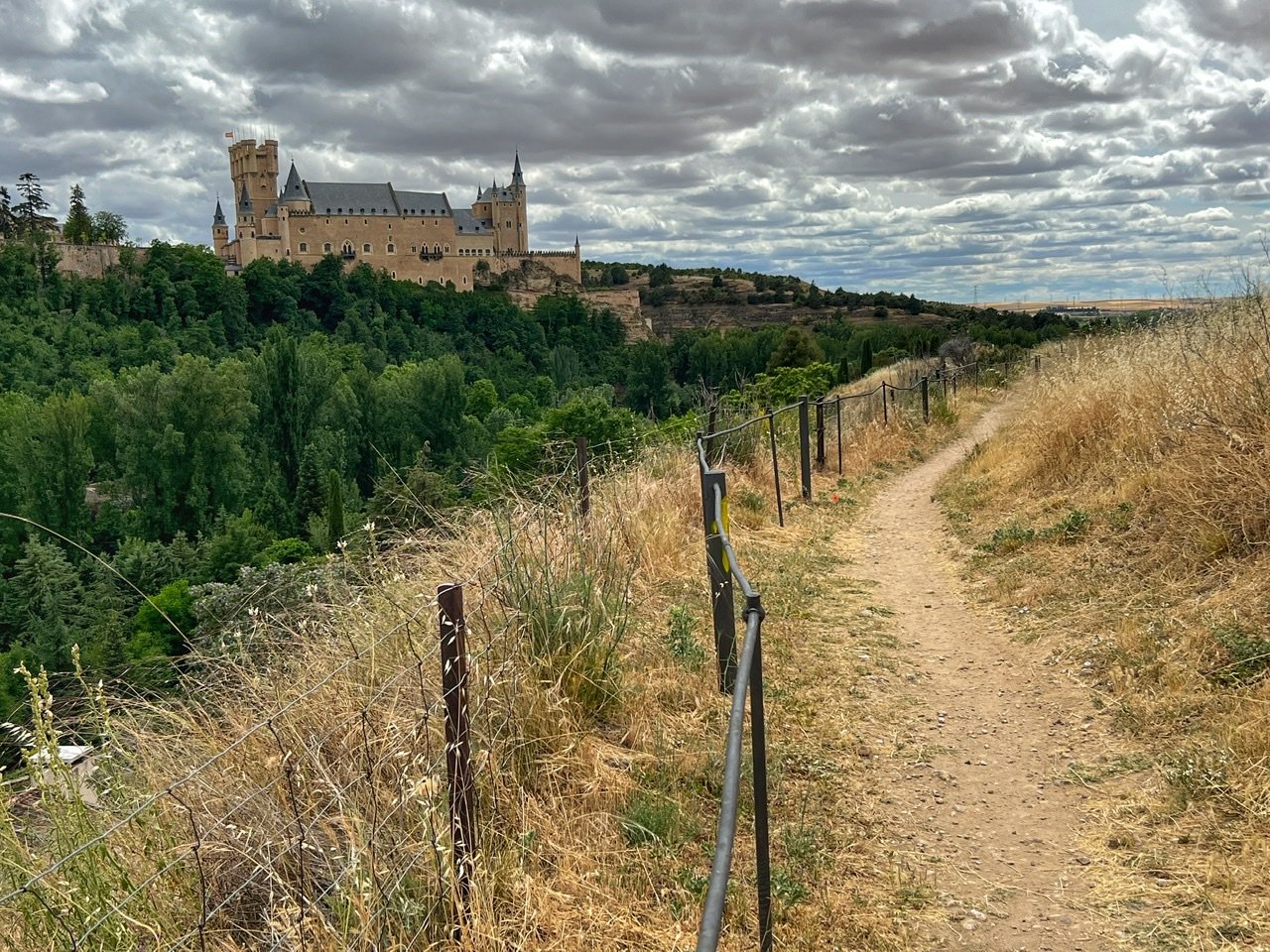

Completely alone along the trail, Greg enjoyed a view of the whole city.

The Alcazar Castle. Though we love seeing the real deal on our travels, castles are still the stuff of fairy tales and legends. This is probably why Walt Disney drew his inspiration from real structures around the world, including one of the world’s most notable and well preserved medieval structures. This 12th-century castle may look familiar as it was one of the inspirations for the wicked queen’s residence in the Snow White movie, as well as the Cinderella Castle at Disney Parks in Florida and Tokyo.

You can see where the photos were taken by the blue dot. As always, Greg used Mapy.cz for trail finding.

The castle with Igelsia de la Vera Cruz in the foreground.

The 13th century Iglesia de La Veracruz has a dodecagonal floor which translates to 12 sides. Why not just make it round?!


The doorway to the church, as well as other elaborate touches.

Heading up to the Alcazar Castle of Segovia, which is particularly special in that it was built upon a large rock promontory, which is shaped rather like the bow of a ship.

That bow is even more obvious in this photo.

The intact fortress wall continues from the castle to surround the city.

The fortress wall was probably built to keep tourists out ? Greg opted not to enter, but if you’d like it’s 9€ per person and now it showcases itself as a historic museum.

The Alcazar was not originally meant to inspire young Americans to make their dreams come true. In fact, according to Touropia.com, it was originally an Arab fort and the castle has been home to royalty, prisoners, and soldiers in its long history.

Spain’s Queen Isabella I was crowned in the Alcazar de Segovia in 1474, 18 years before she sponsored Christopher Columbus on his attempt to reach the East Indies.

The texture of the walls is like nothing we’ve ever seen.

Move over Cinderella, Mandy is coming!

Heading back to town, Greg wandered into the Plaza Mayor, the name given to all main squares in Spain. This is similar to Plaza de Armas in Peru.

Once you get into the alleys, it’s thankfully easy to maneuver away from the crowds.
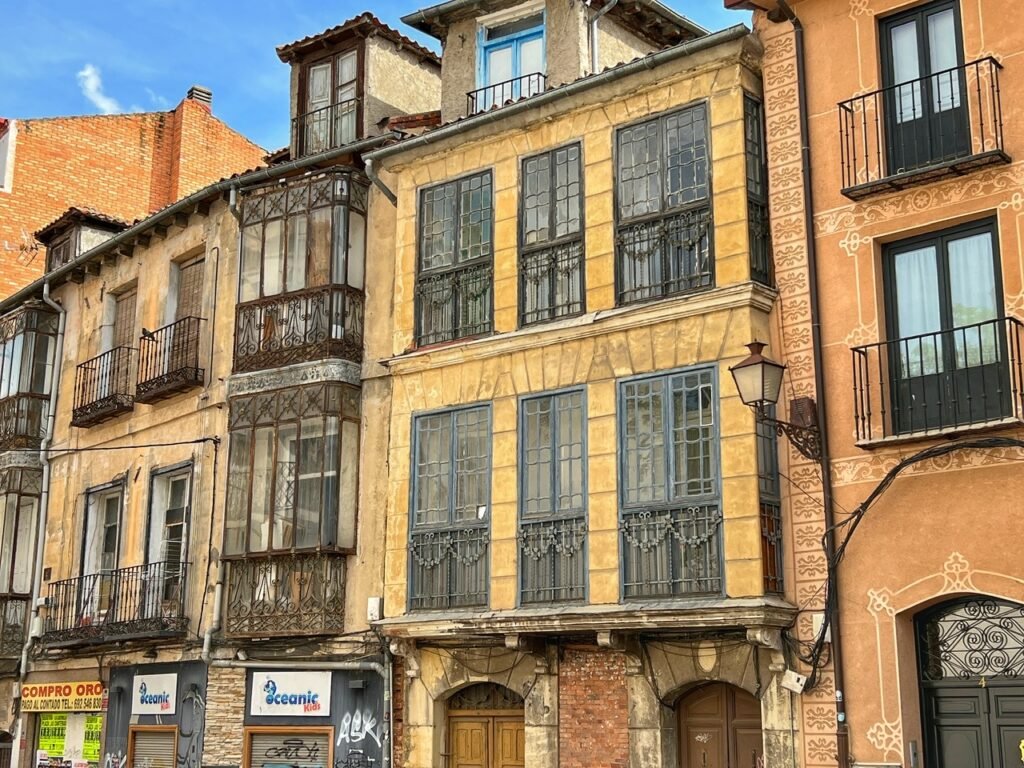
Every building is a little bit different.

As mentioned, another one of Segovia’s claim to fames is being the home of the “suckling pig.” Since Roman times, this infanticide has been seen as a delicacy and was once reserved for the privileged or royal. Now, any tourist can partake. The infant pig meat is said to be so tender that you don’t even need a knife to cut it…just a plate. This is the town tribute to this tradition. Needless to say, we were not fans. ?

Our lovely Airbnb hosts, Sebas and Mellie had a variation of this in their kitchen. Fortunately, they mostly covered this waving pig leg on our behalf. Mellie, who is Indonesian, instead gave us delicious Indonesian breakfasts every morning, as well a lot of great tips for traveling her country. They were kind, sociable and incredibly hospitable and the private room (with breakfast) was a tremendous value at $26/night for Spain. We loved our experience with them and highly recommend!
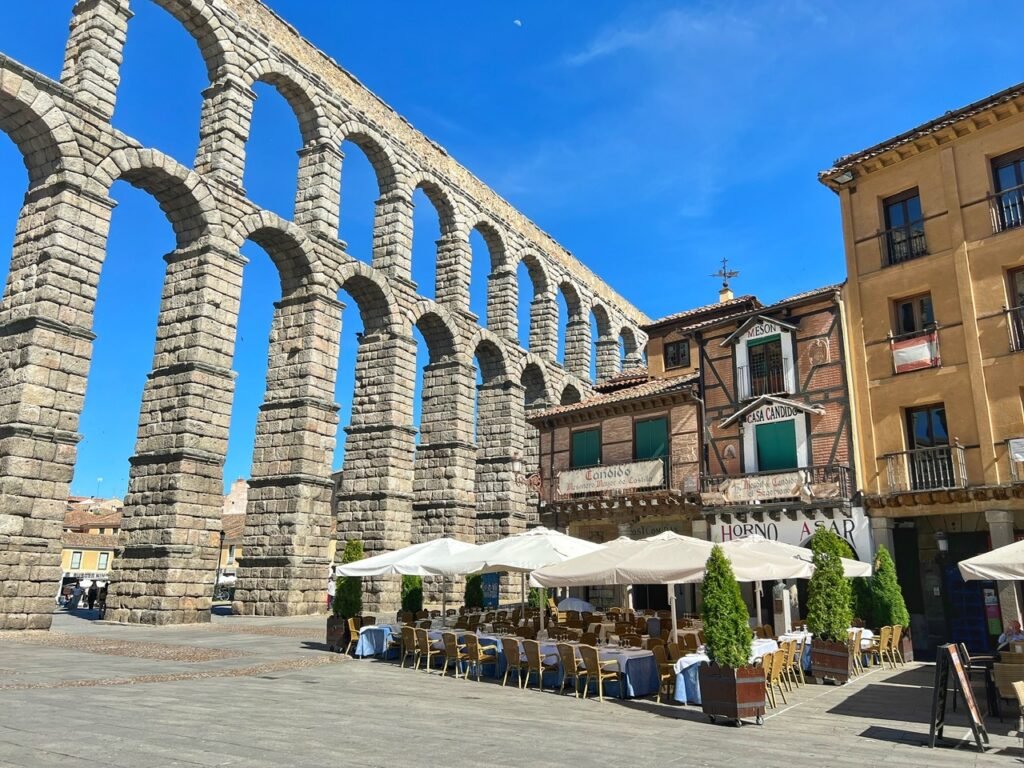
Another claim to fame in Segovia is the aqueduct. In fact, nowhere else in Spain can you find such a magnificent tribute to the Roman Empire than in Segovia. This soaring and impressive two story aqueduct has survived here since 1st Century AD and was made without a single drop of mortar to hold together the 894 meter (3000 foot) length (the length of more than three football fields.)

It has 20,000 uneven granite blocks and and astounding 163 arches. Basically, what appears to be, no more solid than a pile of Legos.

The aqueduct was part of a complex structure of canals which brought water from the mountains 15 kilometers away.


When we arrived there was a high fashion photo shoot underway. They asked Mandy to be part of their fall crutch line ?

While Mandy waited below, (training for modeling?), Greg went to get the more challenging shots.

The weather was 75 (24) and sunny. Our host told us that she didn’t even remember the last time it rained.
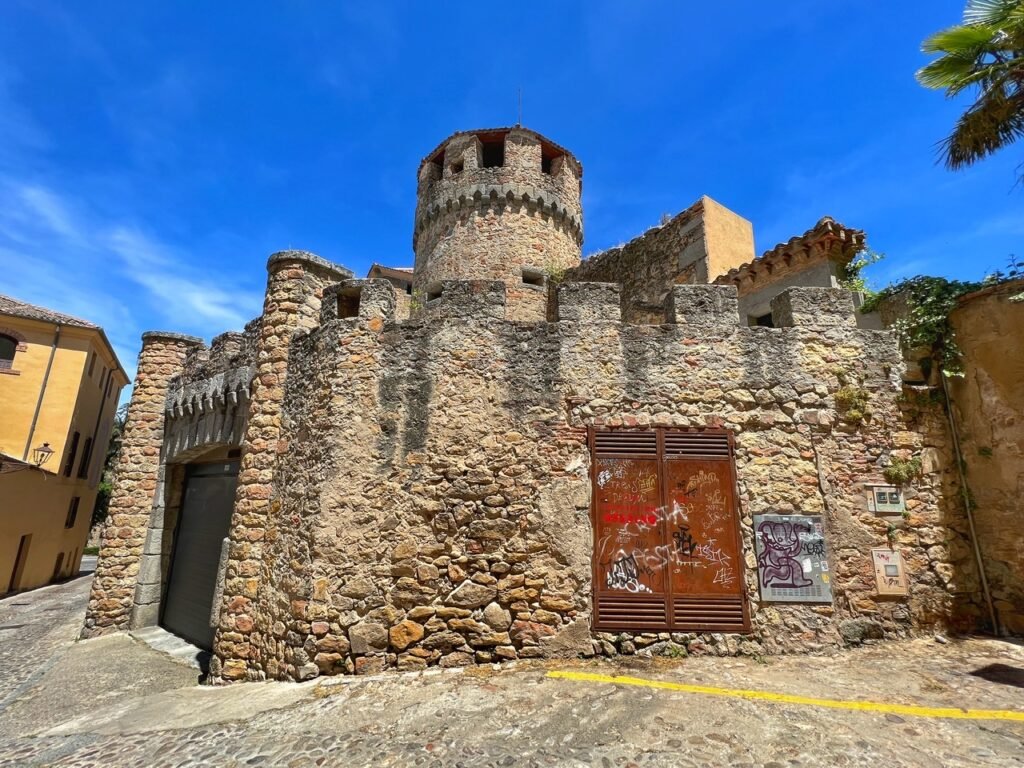
Casa fuertes de las Cadenas, or strong house of chains, was the name of the fortress that surrounded. It later got renovated to be a “house palace.” Now those are two words that don’t fit together!

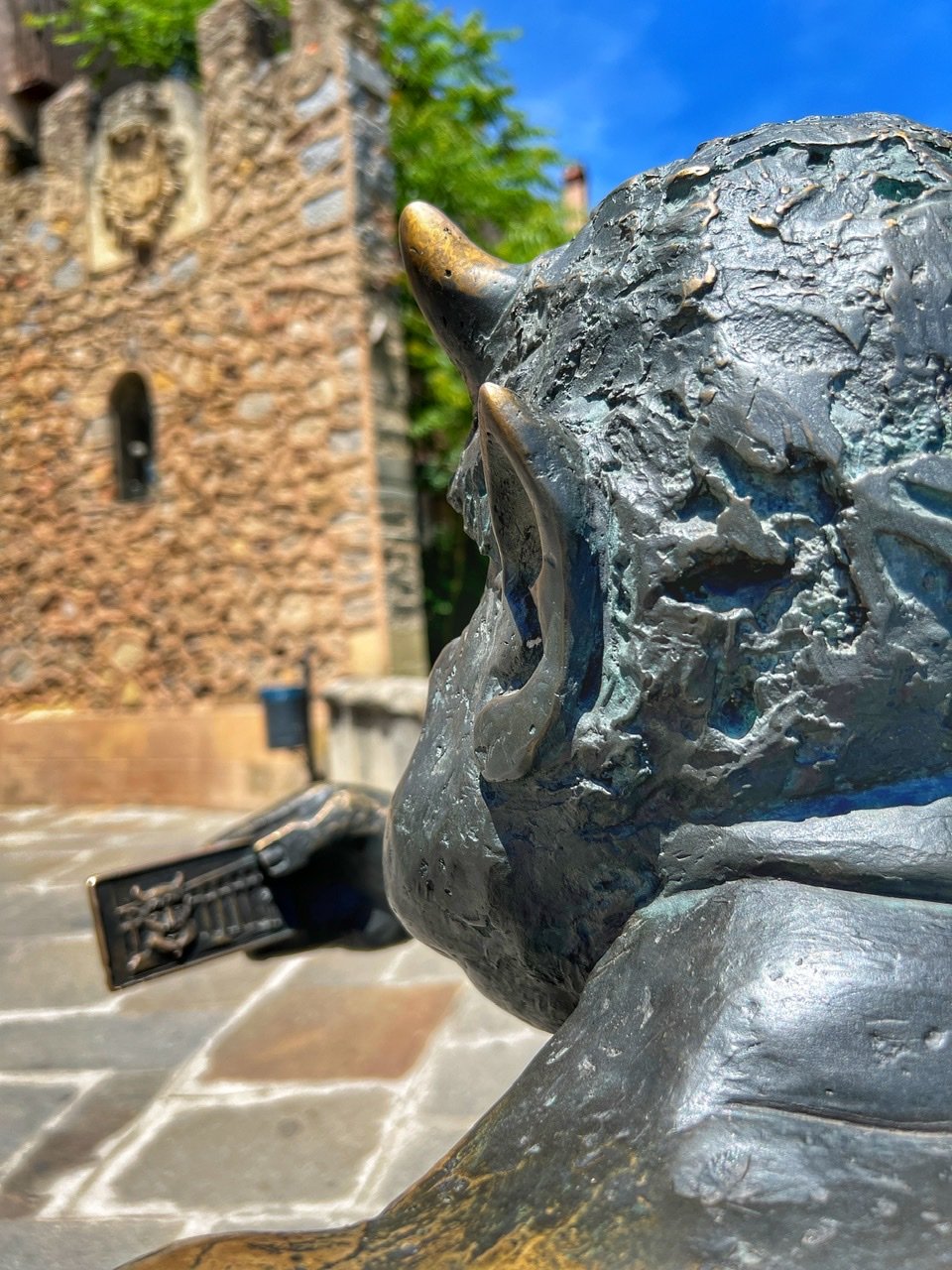
The Devil taking a Selfie Statue. According to Atlas Obscura, “local legend says the aqueduct wasn’t a feat accomplished by the great empire, but instead by the devil himself.
According to folklore, a young girl tired of walking up the steep city streets to fill her pail with water every morning struck a deal with the devil. In exchange for her soul, he would construct the aqueduct before the cockerel crowed the following morning. However, the devil lost leaving behind the aqueduct.
This comedic art piece did stir up controversy across Segovia. Residents felt it was inappropriate and illustrated satan in a jovial light.”
Smile! You’re with the devil ?

A wide scale shot of the aqueduct.
Zaragoza
In an attempt to get off the beaten path again after Segovia, we bussed five hours (through Madrid) to spent four nights in the fifth largest city in Spain, which is known for its folklore, local cuisine and dramatic 11th Century riverfront masterpiece called Basílica de Nuestra Señora del Pilar.
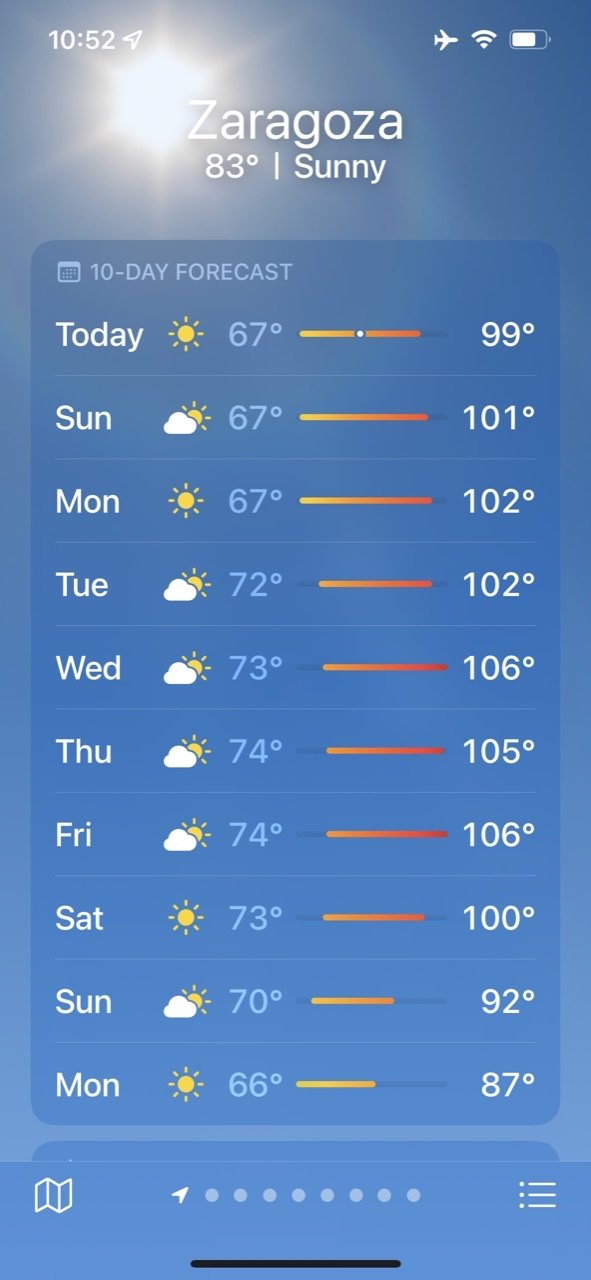

While in Zaragoza, we rented a room through Airbnb for four nights, which was private and had access to shared kitchen and bath. However, it was only us and one other guest in the entire place so basically felt like ours! It was $45/night which we didn’t pay for thanks to the Delta credit we got in the US back in April. We applied a lot of that to Airbnb gift cards! While here, the weather was brutally hot, and unfortunately our room did not have A/C or even a fan until the end of day 2 when our host thankfully brought us one after her dinner time (11:30 pm.)
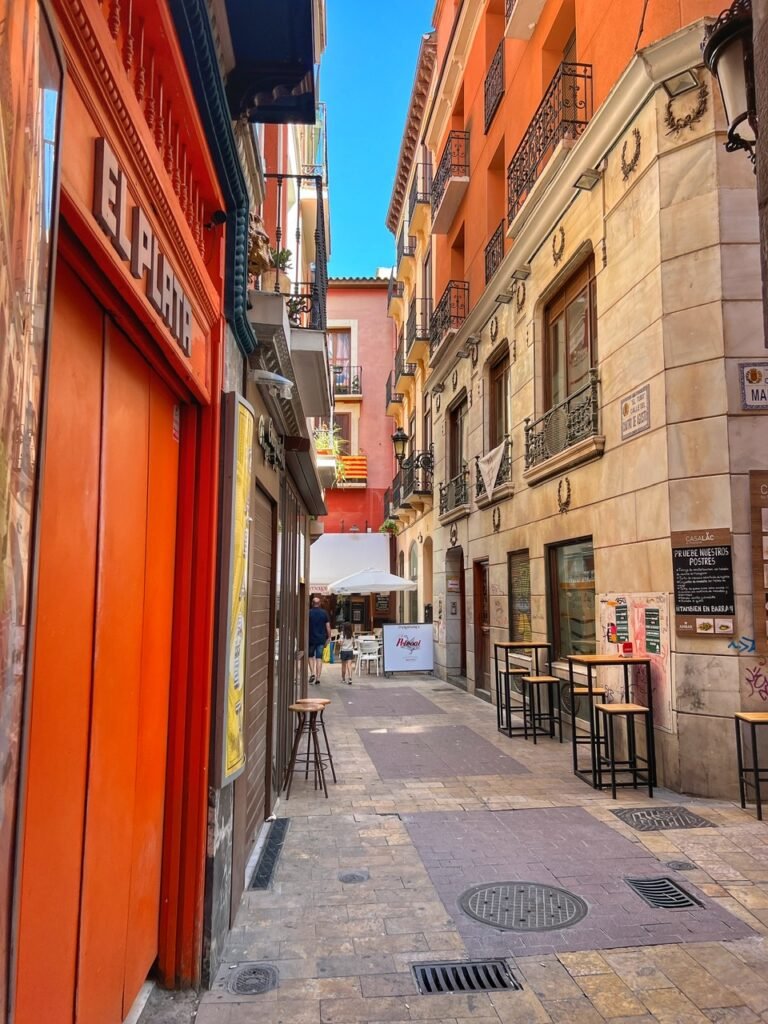
The charming streets of Zaragoza. Plopped perfectly between Madrid and Barcelona, you will find the fifth largest city in Spain, which is rarely visited by international tourists, which is quite a shame (although we’ll take it ![]() ) because it’s packed with a 2000-year history having been been ruled by the Romans, the Moors and the Christian kings.
) because it’s packed with a 2000-year history having been been ruled by the Romans, the Moors and the Christian kings.


The Basílica de Nuestra Señora del Pilar. It was obviously built by Islamic rulers (hence the four striking minarets), but has undergone many changes over the years, and even the Catholic monarchs Fernando and Isabel left their mark.




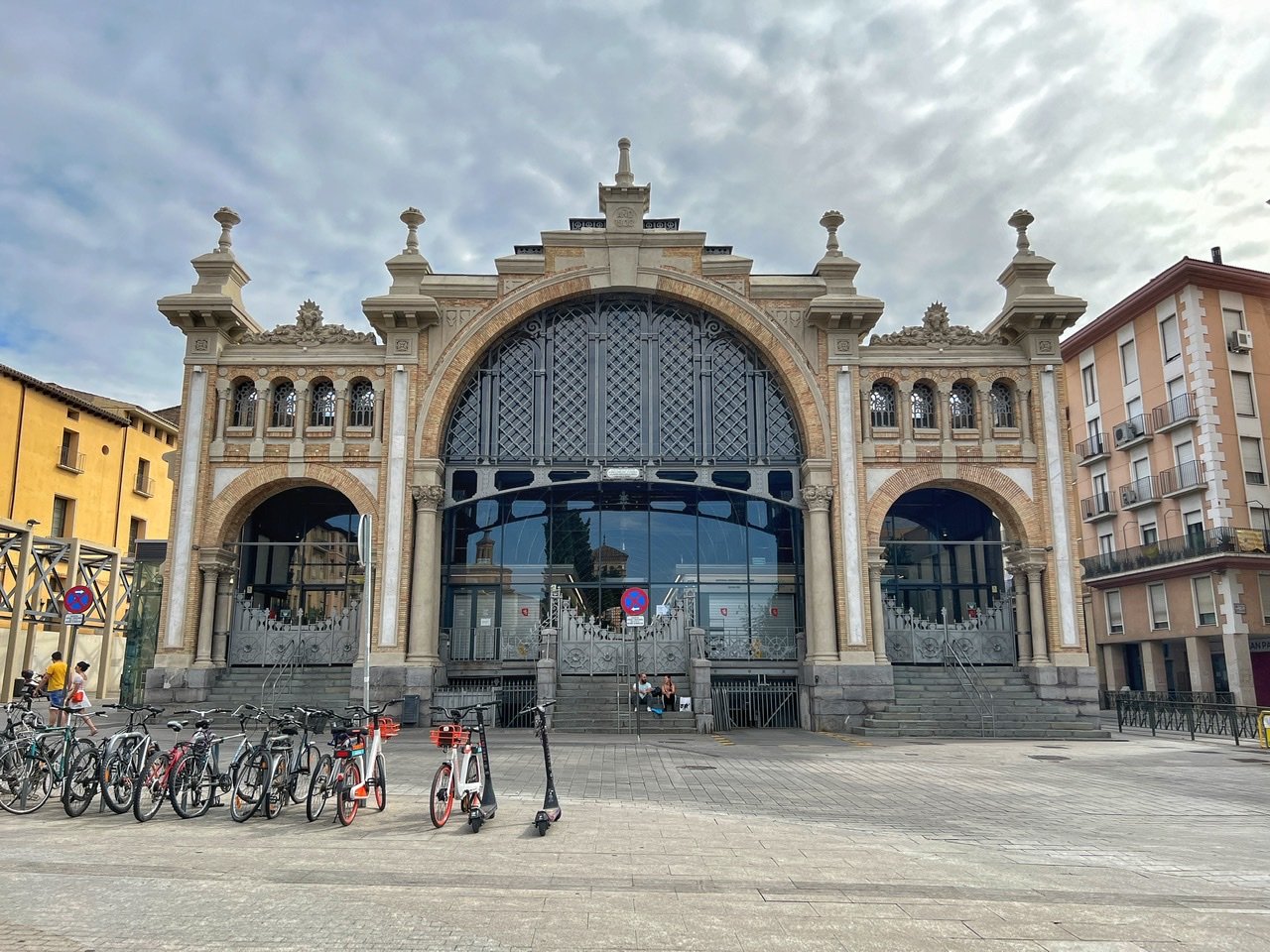



Greg continued to explore the plentiful architectural styles of Zaragoza. It was a nice city, but probably one we wouldn’t recommend to others, at least not for an extended period.

